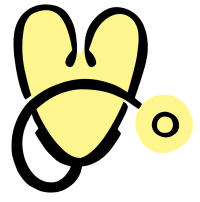Picking a plan
Think Beyond the Premium
Although monthly premium might be the closest thing a health plan has to price, it is NOT the best way to assess the true cost of a health plan. You also need to factor in your expected out-of-pocket costs, which could be considerable if you get sick frequently or have a major medical event. This analysis is almost impossible to do on your own, but lucky for you, Stride Health makes this easy.
As you look for the perfect plan to balance your budget with your health care needs, here are a few additional tips to keep in mind:
Look at your total estimated cost of care. This is your premium cost in addition to copays, coinsurance and deductibles. A lower premium usually means that you're trading that savings for paying a higher percentage of medical expenses should you need care during the year. If you see a doctor frequently, you might end up paying more in total for a low premium cost plan than you would for a high premium cost plan in which you would pay a lower percentage of your medical expenses.
See if you qualify for tax credits, government subsidies or a Health Savings Account. If your income is below 400% of the federal poverty level (less than $45,960 for individuals in 2013), you can qualify for tax credits and subsidies. Additionally, if a plan has a high deductible, consider a helpful financial tool called a Health Savings Account (HSA).
Check out a plan's fringe benefits. In addition to free preventative care, many insurers offer other benefits that might be valuable to you. For example, some plans offer partial reimbursements for gym memberships.
With insurance through Stride:



